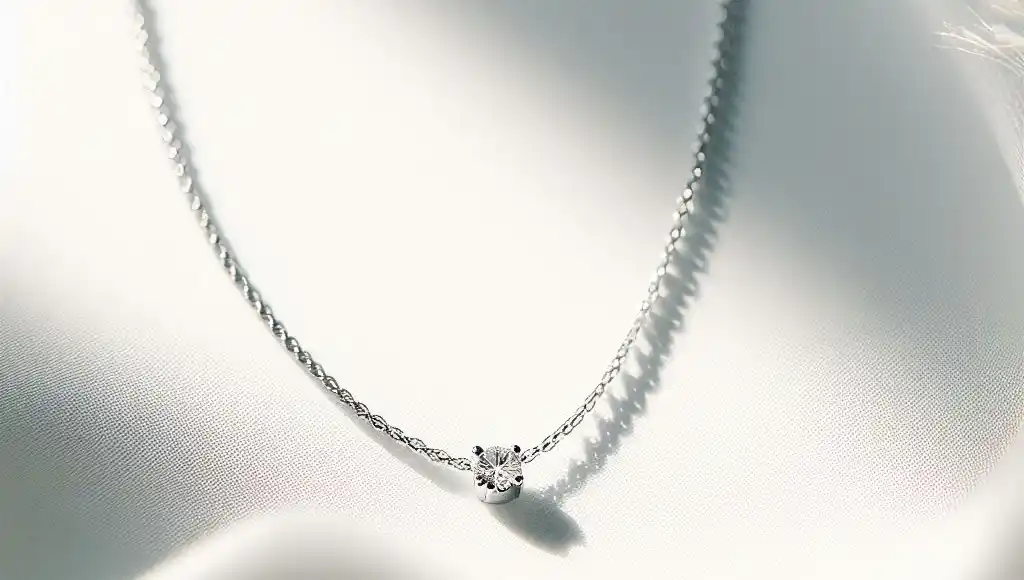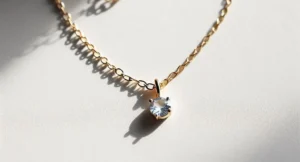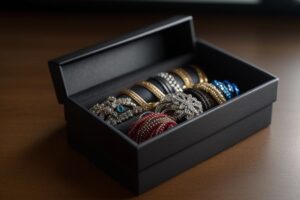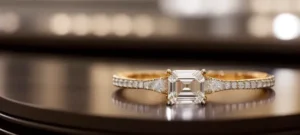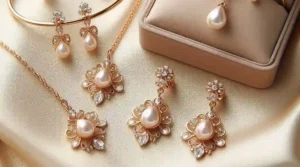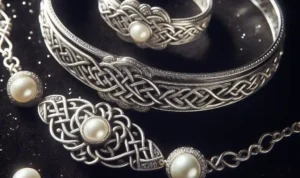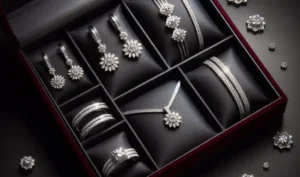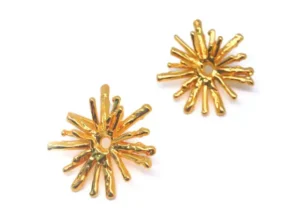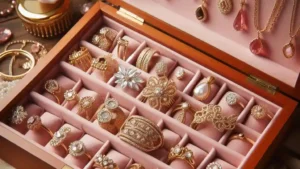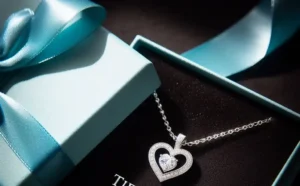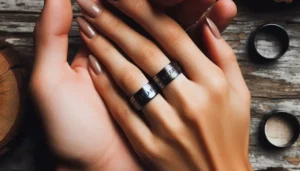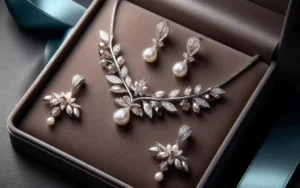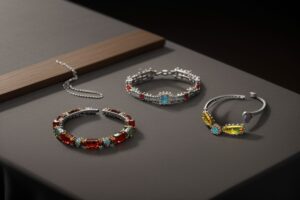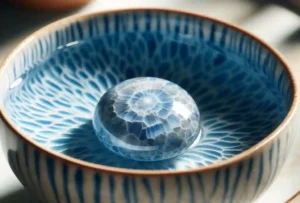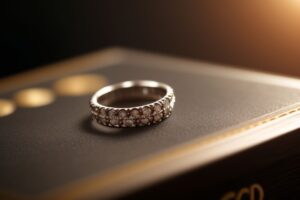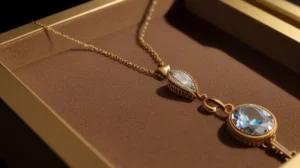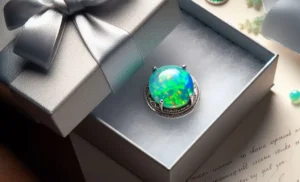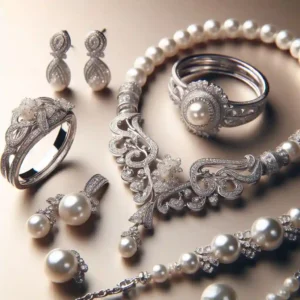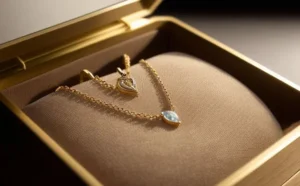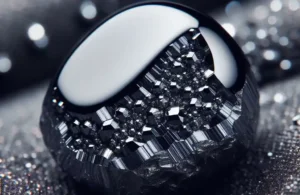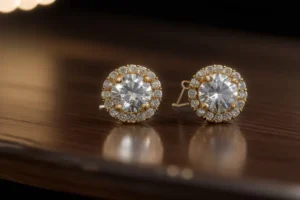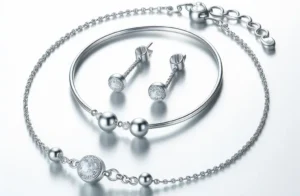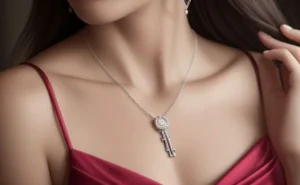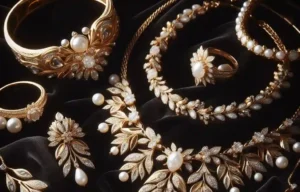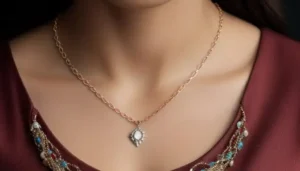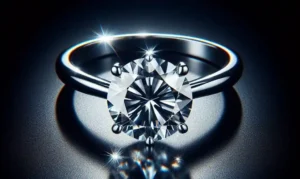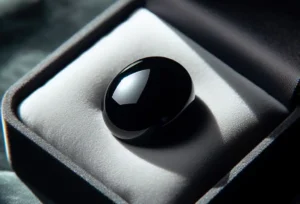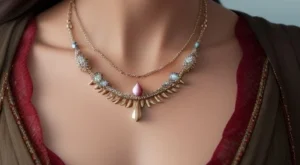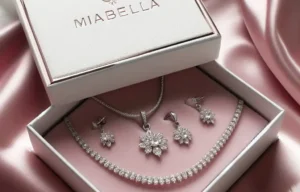How To Tell if Silver Is Real? Silver, a lustrous, white metal, has been valued for centuries for its beauty and rarity. Used in jewelry, cutlery, and coins, silver’s appeal is undeniable.
But with its popularity comes the risk of counterfeit and fake silver products. Identifying real silver can be a daunting task for the untrained eye.
This guide aims to equip you with the knowledge to distinguish authentic silver from its less precious counterparts.
How To Tell if Silver Is Real?
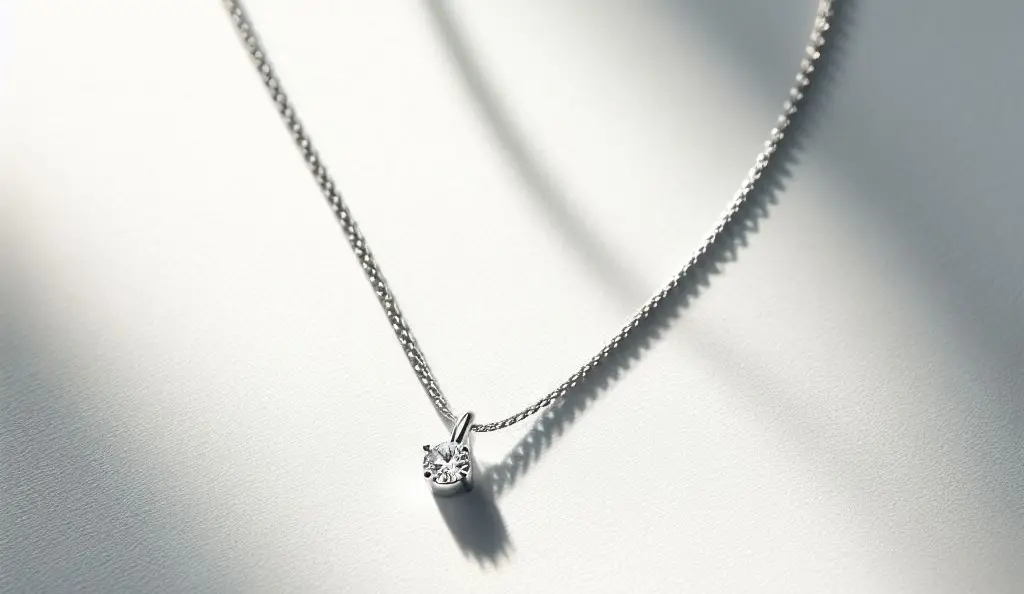
– Inspect for Hallmarks: Look for stamps such as “925”, “Sterling”, or “S925” that indicate sterling silver purity. Remember, familiarize yourself with hallmarks from various countries as they can differ.
– Conduct a Magnet Test: Use a strong magnet to see if the item is attracted to it. Real silver is not magnetic, so any magnetic pull would suggest it’s not pure silver. This is a preliminary test and should not be the sole basis for authenticity.
– Visual Inspection: Examine the item for uniform tarnishing, quality of craftsmanship, and wear patterns. Genuine silver tarnishes uniformly and can be polished to its original luster.
– Perform the Ice Cube Test: Place an ice cube on the item. Due to silver’s high thermal conductivity, the ice should melt faster than it would on other metals. This is a quick and simple test that requires further verification with other methods.
– Check Weight and Sound: Real silver has a unique heft and emits a high-pitched ringing sound when tapped. Comparing these properties with known silver items can offer clues about authenticity.
– Consider the Acid Test: This more definitive method involves applying nitric acid to see if the item turns a creamy white color, indicating silver. Due to its potential risks, it may be best performed by professionals.
Understanding Silver Hallmarks and Stamps
Hallmarks and stamps on silver items are like a secret language, offering clues to their authenticity and origins. When inspecting silver for these marks, you may encounter several standard indicators.
The mark “925” signifies that the piece is made of 92.5% pure silver, aligning with the sterling silver standard. Other common stamps include “Sterling,” indicative of sterling silver in the United States, and “S925,” which also denotes sterling silver purity.
Various countries have their unique hallmarking systems, so encountering different symbols or numerical codes is not uncommon. For instance, British silver often carries a series of marks including a lion passant, denoting sterling silver, along with symbols representing the city of manufacture, the date, and the maker’s mark.
However, it’s important to approach hallmarks with a cautious eye. The presence of these stamps does not unequivocally guarantee authenticity due to the possibility of forgery. Sophisticated counterfeiters may replicate these marks to deceive buyers.
Therefore, while hallmarks are a valuable first step in assessing silver’s authenticity, they should be considered alongside other verification methods. Educating yourself on the hallmarking conventions of different countries can enhance your ability to identify genuine silver, contributing to a more informed evaluation process.
The Magnet Test: A Simple Preliminary Check
The magnet test offers an easy and immediate way to screen for non-silver items due to silver’s inherent non-magnetic properties. Start by bringing a strong magnet close to the item in question.
If there is an attraction and the item sticks to the magnet, it’s a strong indicator that the piece may not be made of pure silver, or it could be a composite of silver-plating over a magnetic base metal. It’s important to note, however, that this test alone cannot conclusively determine the authenticity of silver.
Some metals that are not silver can also demonstrate non-magnetic behavior, which could lead to false positives. Therefore, while the magnet test is a useful and straightforward method for an initial assessment, it should ideally be used in conjunction with other tests to build a more comprehensive understanding of the item’s composition.
Remember, silver’s lack of magnetic attraction can help quickly narrow down your assessment, but further investigation is recommended to confirm the item’s authenticity beyond the scope of this preliminary test.
Visual Inspection: Tarnish and Wear Patterns
A keen visual inspection can reveal much about the authenticity of a silver item, focusing particularly on tarnish and wear patterns. Genuine silver develops a unique patina over time, exhibiting a dark gray or black tarnish due to its reaction with sulfur compounds in the air.
This tarnishing process is uniform and can be polished away to restore the item’s original luster. In contrast, imitation silver products may show wear in a manner inconsistent with genuine silver, such as flaking, peeling, or revealing a base metal beneath – signs that the item may merely be silver-plated.
Additionally, the craftsmanship and detailing of an item can offer clues about its authenticity. Real silver items are often distinguished by their intricate designs and the precision of their manufacture, reflecting the skill of their creators.
On the other hand, counterfeit or lower-quality items might lack this level of detail, appearing crude or hastily made. Inspecting for uniformity in the tarnish, the quality of craftsmanship, and how the item wears over time can provide valuable insights into whether you’re handling real silver or a clever imitation.
Observing these subtle yet telling signs requires patience and a discerning eye, contributing significantly to the verification process of a silver item’s authenticity.
The Ice Cube Test: Conductivity at Its Finest
One of the more unique methods to gauge silver’s authenticity takes advantage of its unparalleled thermal conductivity. This attribute of silver allows for a quick, albeit non-definitive, test using nothing more than ice from your freezer.
To conduct this experiment, simply place an ice cube directly on the surface of the item purported to be silver and observe how quickly it begins to melt in comparison to when placed on a standard metal object. The thermal conductivity of silver is so high that you will notice the ice cube melting noticeably faster on it than on other metals.
This phenomenon occurs because silver efficiently transfers heat from the surrounding environment to the ice cube, accelerating the melting process. While this test alone cannot confirm with absolute certainty that an item is made of silver, it serves as an intriguing and practical experiment.
When paired with other evaluative techniques mentioned earlier, it adds another layer of verification to your investigative process. This test is especially handy because it requires no special tools or chemicals, making it an accessible option for anyone looking to assess silver items with materials readily available at home.
Weight and Sound Tests: The Subtle Clues
Exploring the physical properties of silver further, the weight and sound tests offer nuanced insights into the material’s authenticity. Silver, being denser and heavier than many other commonly used metals, possesses a distinctive heft that becomes apparent when held.
This physical characteristic is crucial when comparing unknown items with those of known silver composition. A genuine silver piece will feel significantly weightier in hand than an imitation of the same size.
Beyond its weight, silver’s acoustical properties are equally telling. When struck or tapped gently, a piece of silver will produce a clear, high-pitched ringing sound that resonates longer than that of other metals. This ringing tone is a hallmark of silver’s density and elasticity.
Counterfeits, on the other hand, often lack this sonorous quality and may emit a duller, shorter sound indicative of a different, less dense material composition.
Employing both the weight and sound tests in tandem enhances the reliability of your assessment. While these methods are subtle and require a comparative analysis with known silver items, they serve as valuable tools in the preliminary identification of silver.
These tests, rooted in the inherent physical properties of silver, contribute an additional layer of scrutiny to the authentication process, reinforcing observations made through visual inspection and other evaluative methods detailed earlier in this guide.
The Acid Test: A More Definitive Method
The acid test represents a more scientific approach to verifying silver’s authenticity. This method employs nitric acid, a substance that reacts distinctly with silver compared to other metals. To carry out this test, carefully apply a small drop of nitric acid to a less visible part of the silver item.
Authentic silver will respond by changing to a creamy white color, a reaction that is indicative of its purity. On the other hand, items that are not genuine silver will exhibit a greenish color after the application of the acid, a sign that the material is primarily composed of metals other than silver, such as copper.
It’s crucial to approach this test with the utmost care, as nitric acid is a hazardous substance that can cause burns to the skin and damage the item being tested if not handled properly. Protective gloves and eyewear should be worn to minimize risk during the procedure. Additionally, this test can leave a permanent mark on the item, which is why selecting an inconspicuous area for testing is advised.
Due to the risks and potential damage associated with the acid test, it might be preferable to leave this method to professionals equipped with the proper safety tools and expertise. Jewelers and metal testing experts can perform this test with precision, ensuring the safety of both the item and the person conducting the test.
Professional Appraisal: When in Doubt
For those who have utilized the various testing methods outlined but still harbor uncertainties about the authenticity of their silver, a professional appraisal emerges as a highly advisable route. Jewelers and metal experts possess the expertise and access to advanced diagnostic tools that go beyond the scope of home testing.
Through their services, individuals can gain an unequivocal determination of their item’s authenticity. These professionals use sophisticated techniques, including X-ray fluorescence analysis, which non-invasively determines the elemental composition of the silver item in question, ensuring an accurate and detailed analysis without damaging the piece.
Additionally, professionals can assess the craftsmanship, age, and potential historical significance of the item, offering insights that are not readily apparent through basic tests. This thorough evaluation not only clarifies the authenticity of the silver but can also provide valuable information regarding its provenance and worth.
Opting for a professional appraisal is particularly recommended for items of substantial sentimental or monetary value, where accuracy is paramount. While there is a cost associated with these services, the peace of mind and confidence in the item’s authenticity often justify the expense.
Engaging with a reputable expert ensures that your cherished silver items are genuinely valuable treasures and not clever forgeries.
FAQs
Q: How can I tell if my silver jewelry is real at home?
A: Start by looking for hallmarks such as “925” or “Sterling.” You can also perform the magnet test, ice cube test, inspect the item for uniform tarnishing, and compare its weight and sound to known silver items. Each of these methods provides clues to authenticity.
Q: Will the acid test damage my silver item?
A: The acid test can leave a small mark on your item, so it’s recommended to apply the acid to a less visible area. If you’re concerned about damage, consider seeking a professional appraisal.
Q: Can I use a regular fridge magnet for the magnet test?
A: A stronger neodymium magnet is recommended for the magnet test, as it provides a more definitive result compared to weaker fridge magnets.
Q: Is it possible for silver to pass some tests but fail others?
A: Yes, counterfeit silver items might be designed to pass certain tests, such as the magnet test, but fail others, like the acid test or detailed hallmark inspection. Utilizing multiple methods of testing is always best for a more accurate assessment.
Q: Where can I find a reputable professional for a silver appraisal?
A: Look for certified jewelers or metal testing laboratories with positive reviews and credentials in precious metal appraisals. Professional associations related to jewelry and antiques might also offer directories of trusted appraisers.

